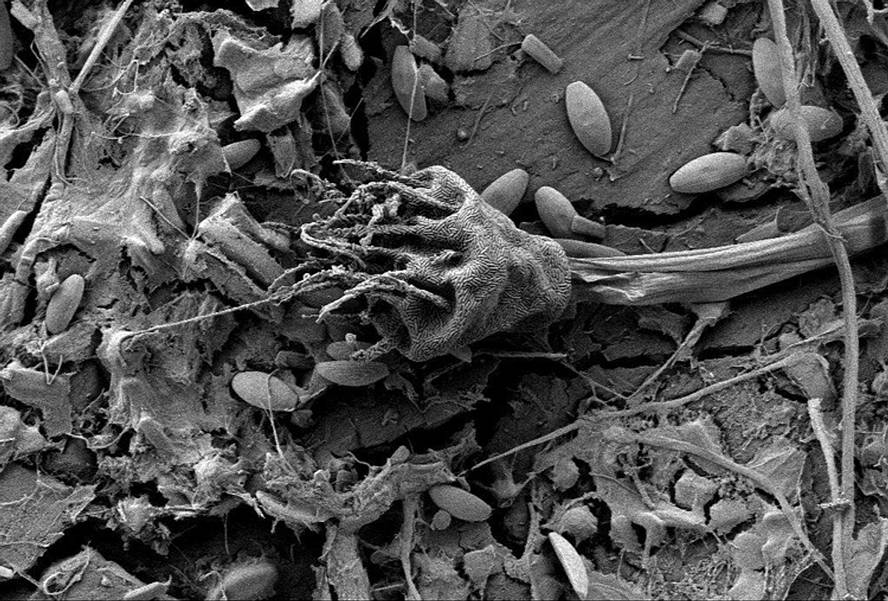The risk of plastisfare to study

The plastic waste of the oceans has become the habitat of the new microbial ecosystems; now, three biologists have analyzed some of these microbial communities, collected in the northern Atlantic, and have found bacteria of the genus Vibrio, bacteria not common in this marine environment. The results of the study were published by Erik Zettler, Woods Hole Oceanographic Institution- and Linda Amaral-Zettler, of the Sea Education Elkartea.
The microbial communities studied were complete ecosystems, with autotrophes, heterotrophs, predators and symbionts. They live in plastic waste because it is a hydrophobic medium inside the sea, which allows the success of communities that are not usually developed. Plastic material has created new ecosystems in the oceans and scientists have called plastisfera a set of new ecosystems.
There are bacteria found by the three biologists that degrade polymer chains, that is, the plastic waste itself, but the residues are durable and remain a suitable habitat for many other bacteria and algae. In one of the samples analyzed, bacteria of the genus Vibrio have been represented, and since some species of this genus cause cholera in the human being, according to the experts, the finding points to the possibility of propagating harmful microbes in plastisfare.






